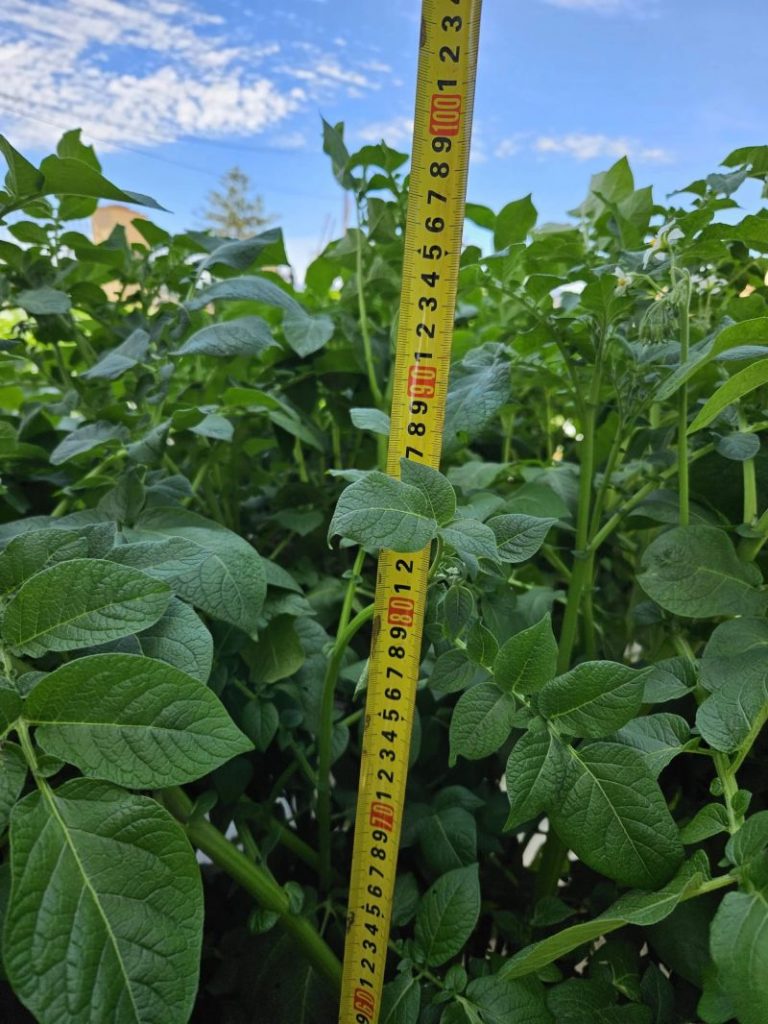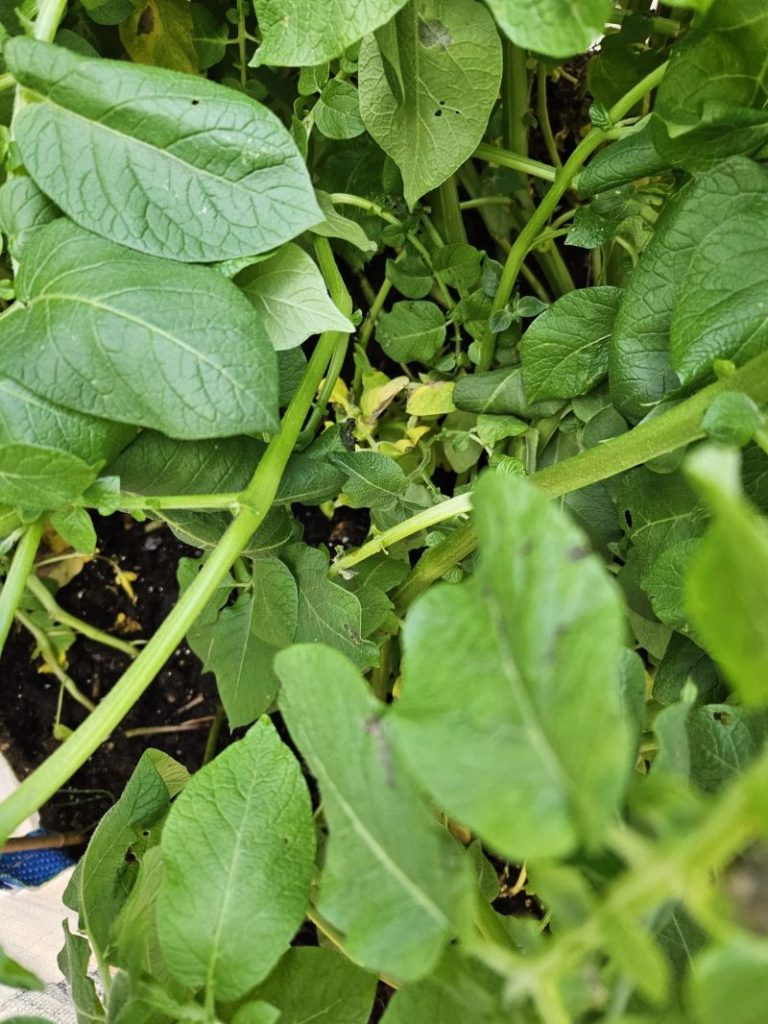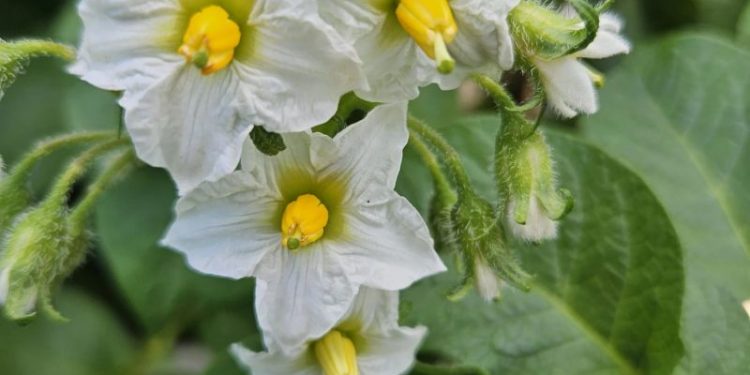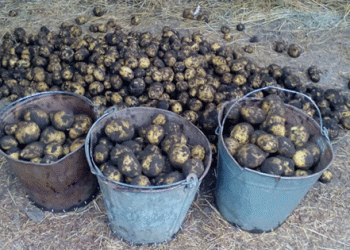Unlocking Sustainable and Organic Potato Farming
In the realm of potato farming, innovation is the driving force behind increased yield, sustainability, and profitability. Manuel Ujados reports on a groundbreaking approach revolutionizing potato cultivation: the Kervran Super Intensive Cultivation Method.
Unprecedented Results
With 21 ongoing trials, the efficacy of this method is becoming increasingly evident. Just 45 days post-sowing, plants exhibit remarkable development, promising exceptional yields. What sets this method apart is its organic and sustainable nature, delivering both economic and environmental benefits.
Reduced Inputs, Enhanced Outputs
One of the most striking features of the Kervran method is its drastic reduction in resource consumption. Compared to traditional potato farming, fertilizer usage plummets by over 80%. Water consumption sees a staggering decrease, with the super intensive cultivation method requiring less than 20% of the water needed in conventional farming practices.
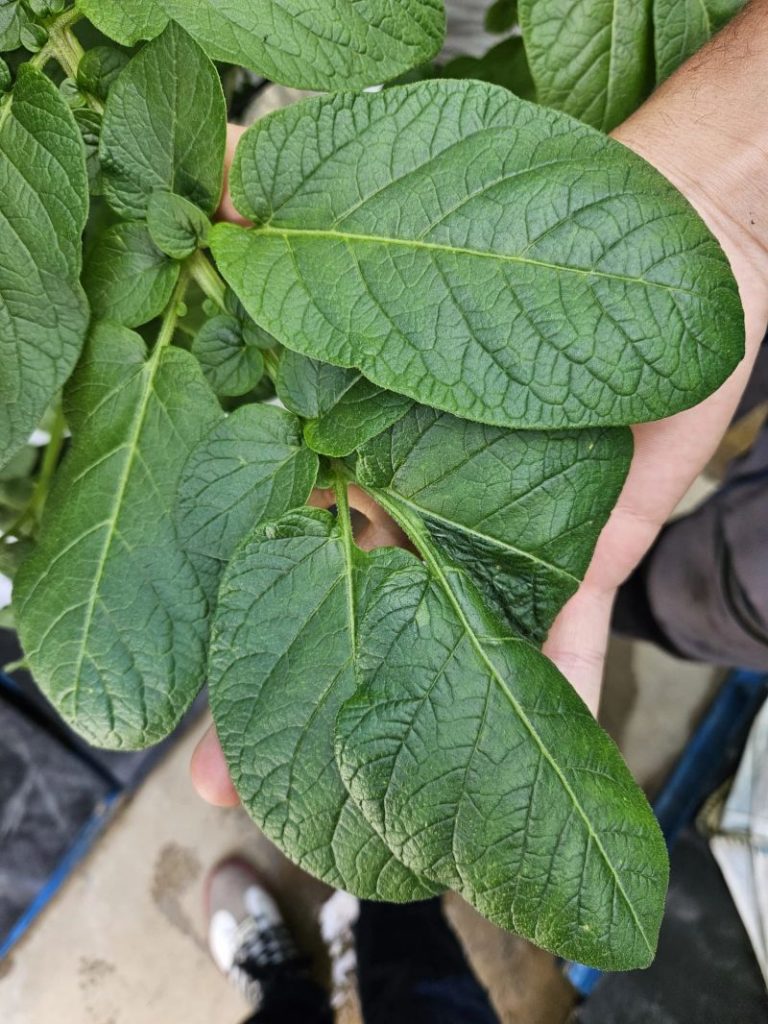
Environmental Stewardship
The environmental advantages are equally impressive. By embracing the Kervran method, farmers bid farewell to pesticides and phytosanitary products entirely. This zero-tolerance approach not only ensures the production of healthier, chemical-free potatoes but also contributes to biodiversity conservation and soil health.
Economic Efficiency
Moreover, the economic advantages of this method cannot be overstated. Beyond savings in water and input costs, there is a notable reduction in energy consumption. A whopping 95% decrease in energy costs, including electricity and diesel, translates to substantial savings for farmers, making the Kervran method not just environmentally friendly but financially savvy.
A Paradigm Shift
The Kervran Super Intensive Cultivation Method represents a paradigm shift in potato farming. Its fusion of sustainability, productivity, and profitability offers a glimpse into the future of agriculture. As we await the conclusive results of these trials, one thing is clear: the potential of this method to revolutionize potato cultivation is undeniable.
